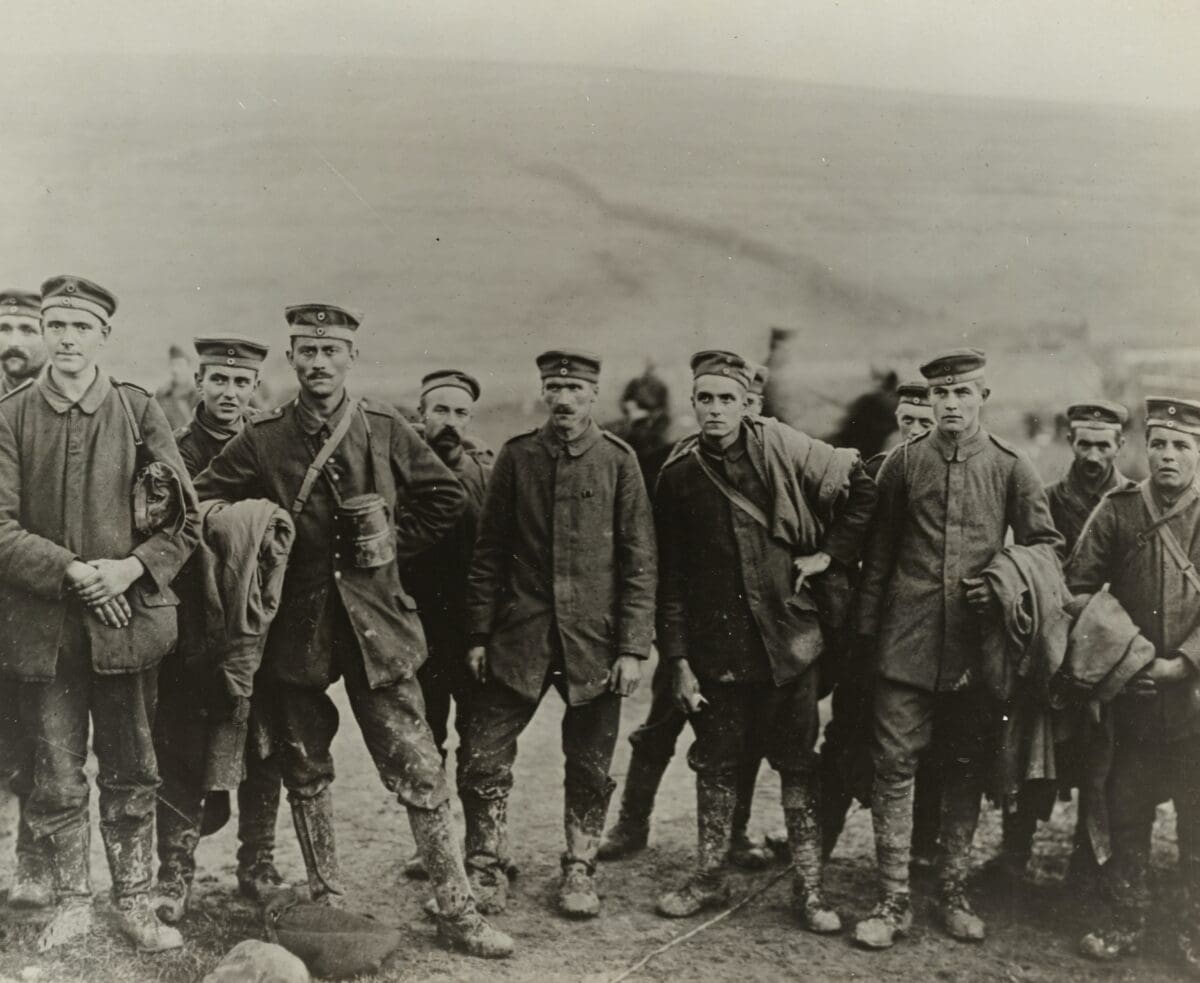World War I, spanning from 1914 to 1918, witnessed the birth of ingenious yet terrifying innovations that changed the face of warfare. From poison gas to tanks, the following inventions left an indelible mark on history, showcasing humanity’s capacity for creation and destruction.
1. Poison Gas
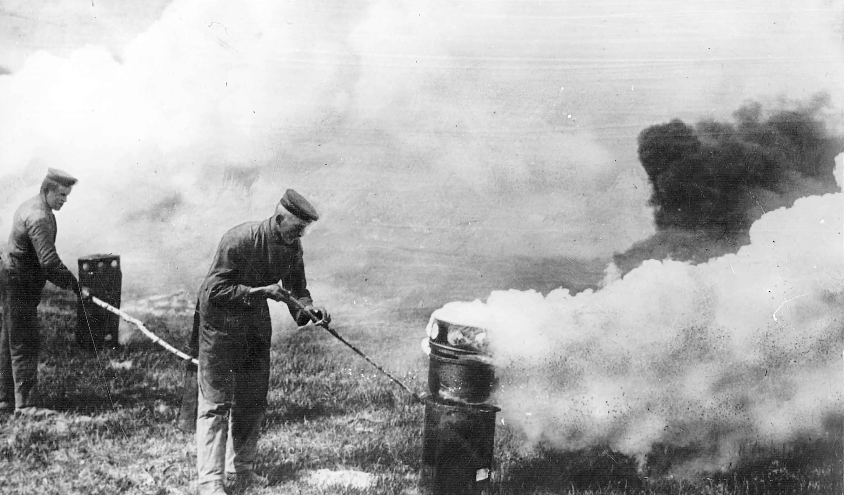
The introduction of poison gas in 1915 marked a harrowing turning point. Gases like chlorine and mustard gas choked soldiers and inflicted unspeakable suffering. These gases caused various symptoms, including choking, vomiting, blindness, skin burns, and lung damage. It is estimated that over 100,000 soldiers died from poison gas in World War I.
Gas! GAS! Quick, boys!—An ecstasy of fumbling
Fitting the clumsy helmets just in time,
But someone still was yelling out and stumbling
And flound’ring like a man in fire or lime.—
Wilfred Owen
Owen’s poem “Dulce et Decorum Est” is a powerful indictment of the use of poison gas. He describes the fear and panic soldiers experienced when gassed and the long-term psychological effects of gas poisoning.
2. Tanks
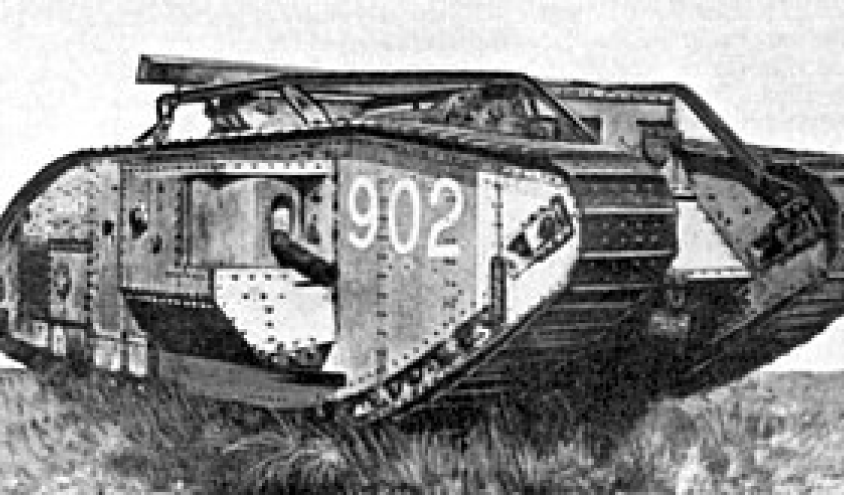
The first tank, British Mark I, was developed in Britain in 1915 and used in battle in September 1916 at the Battle of the Somme. These mechanized vehicles broke through trenches and provided mobile protection for troops.
British Mark I was slow and unreliable. The French Renault FT-17 eventually replaced it. It was faster, and more maneuverable than the Mark I, and had a rotating turret.
In his book “The Tank in World War I’,” Robert J. Bruce discussed the psychological impact of tanks on soldiers and civilians. They argued that tanks inspired awe and dread and could demoralize enemy soldiers and civilians.
3. Trench Mortars
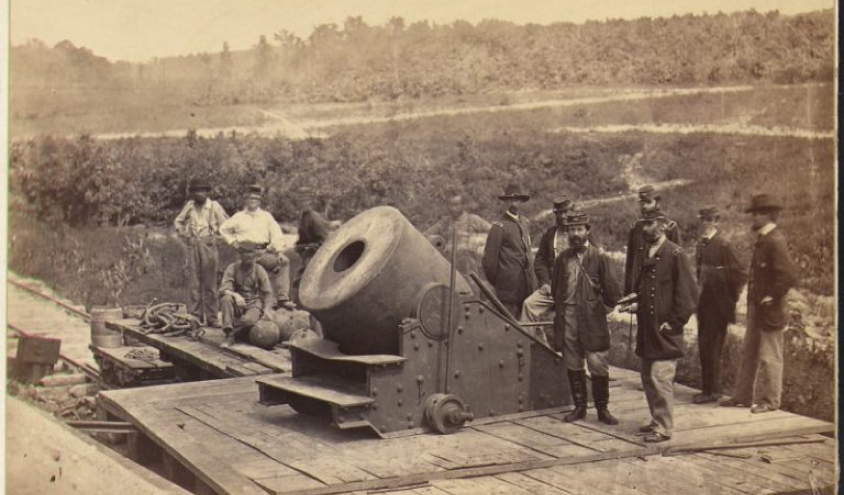
Trench mortars were short-range, high-angle weapons to fire shells into enemy trenches. They were very effective at causing casualties, making life in the trenches even more miserable. Trench mortars were often inaccurate and unpredictable, but they were also incredibly effective at causing fear and demoralization.
In his memoir “Goodbye to All That,” British Army officer Robert Graves writes that his worst fear was the sudden, unpredictable arrival of a trench mortar shell that could blow him to pieces at any moment.
Graves’s description of the fear of trench mortars is a powerful reminder of the horrors of war. The sound of a trench mortar firing was enough to send shivers down the spine of any soldier, knowing that a shell could land at any moment.
4. Submarines
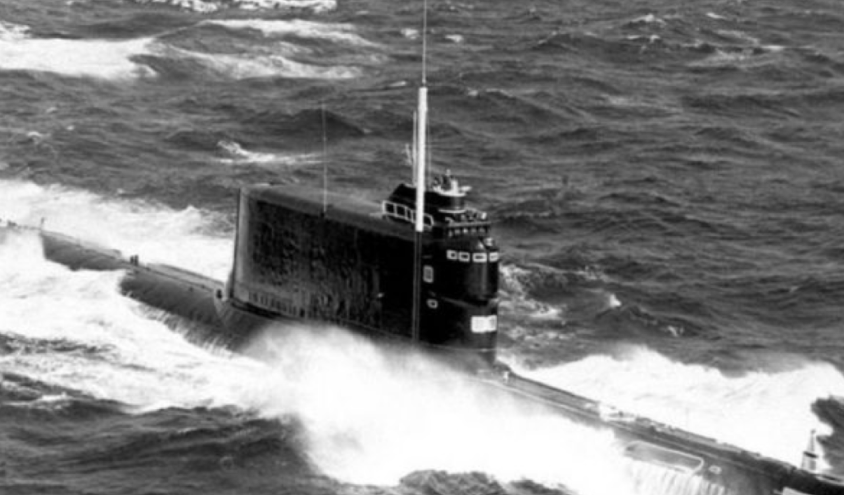
In World War I, Germany used submarines to attack warships and merchant ships. Initially, they focused on warships, but as the war went on, they increasingly turned to merchant ships. This was because merchant ships were essential to the Allied war effort, and by sinking them, Germany could disrupt the flow of supplies to the Allies.
However, the sinking of neutral merchant ships also led to diplomatic crises with neutral nations, such as the United States. In 1915, a German submarine sank the Lusitania, a British passenger liner, killing 128 Americans. This event outraged the American public and helped to turn the United States against Germany.
In 1917, Germany resumed unrestricted submarine warfare, meaning they would sink any ship, regardless of its nationality. This led to the United States declaring war on Germany.
5. Dreadnought Battleships
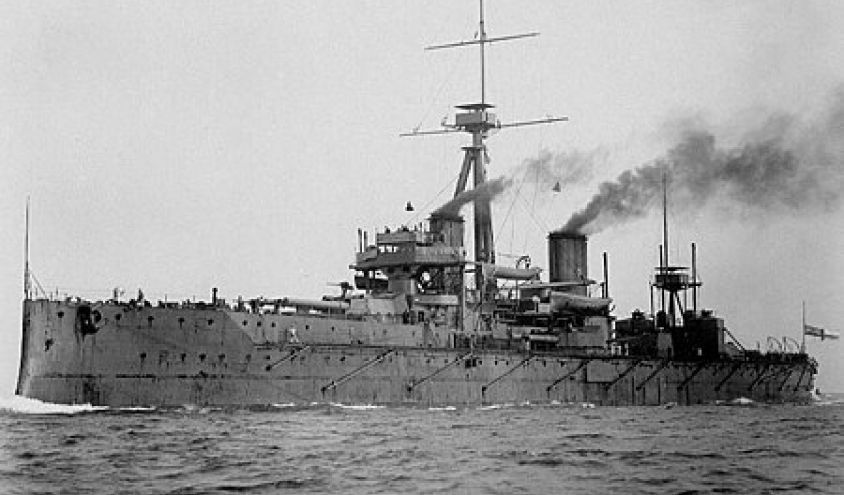
Dreadnought battleships were a major technological breakthrough that revolutionized naval warfare. The hallmark of dreadnought battleships was an “all-big-gun” armament scheme with all the main guns of the same caliber. This was in contrast to previous battleships, which typically had a mix of different caliber guns.
They were the most potent warships of their time and played a significant role in the naval arms race leading to World War I. Dreadnought battleships also played an essential role in the naval war in World War I. However, they were also vulnerable to attack from submarines and aircraft, and they were eventually replaced by newer and more powerful ships.
Conclusion
WWI’s horrifying inventions, born from the crucible of conflict, remind us of the dual nature of human ingenuity. They underscore the imperative to pursue peace, diplomacy, and cooperation. As we reflect on the dark innovations of this era, let us honor the memory of those who suffered by striving for a world where such inventions remain relics of the past.

